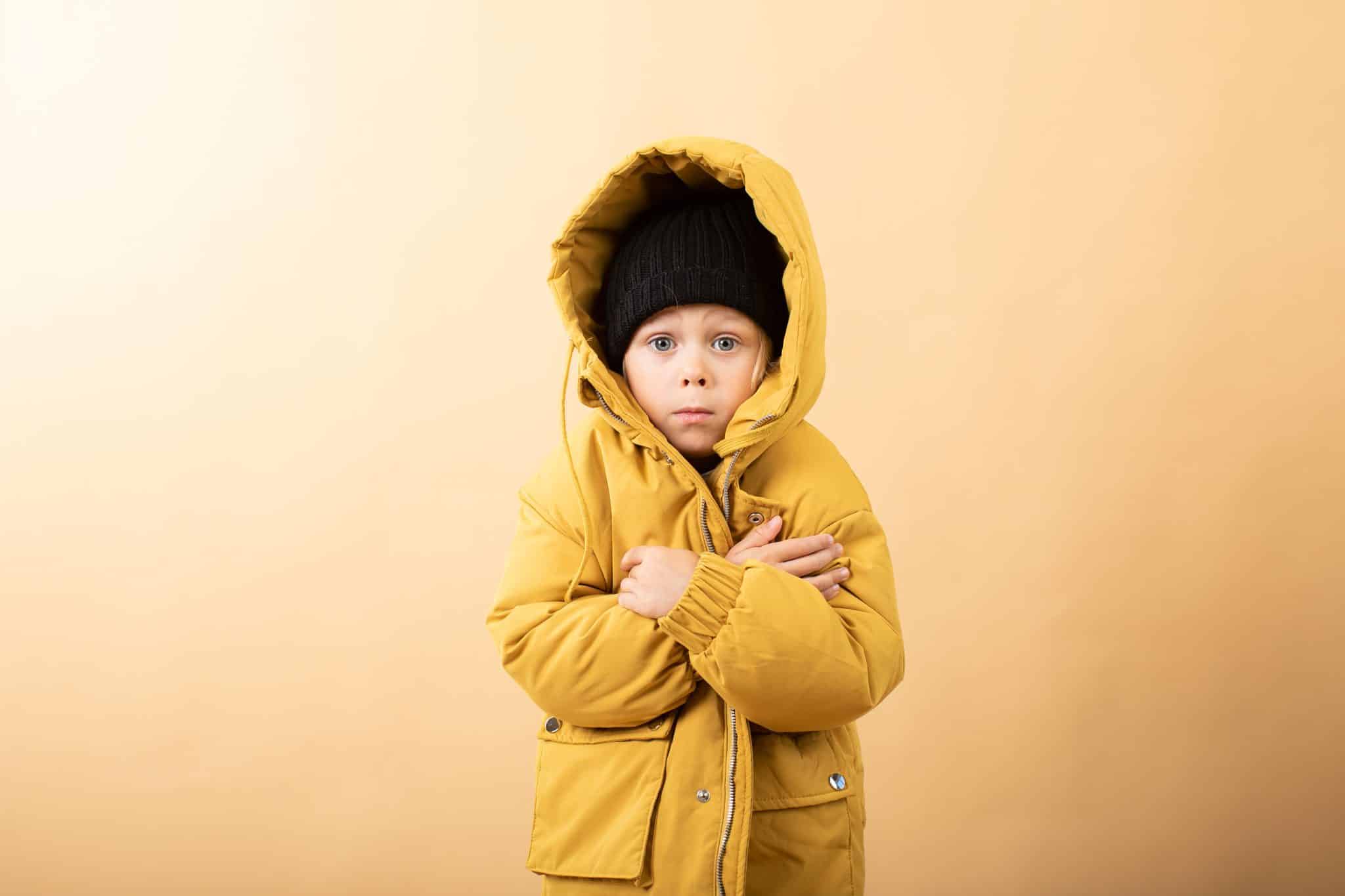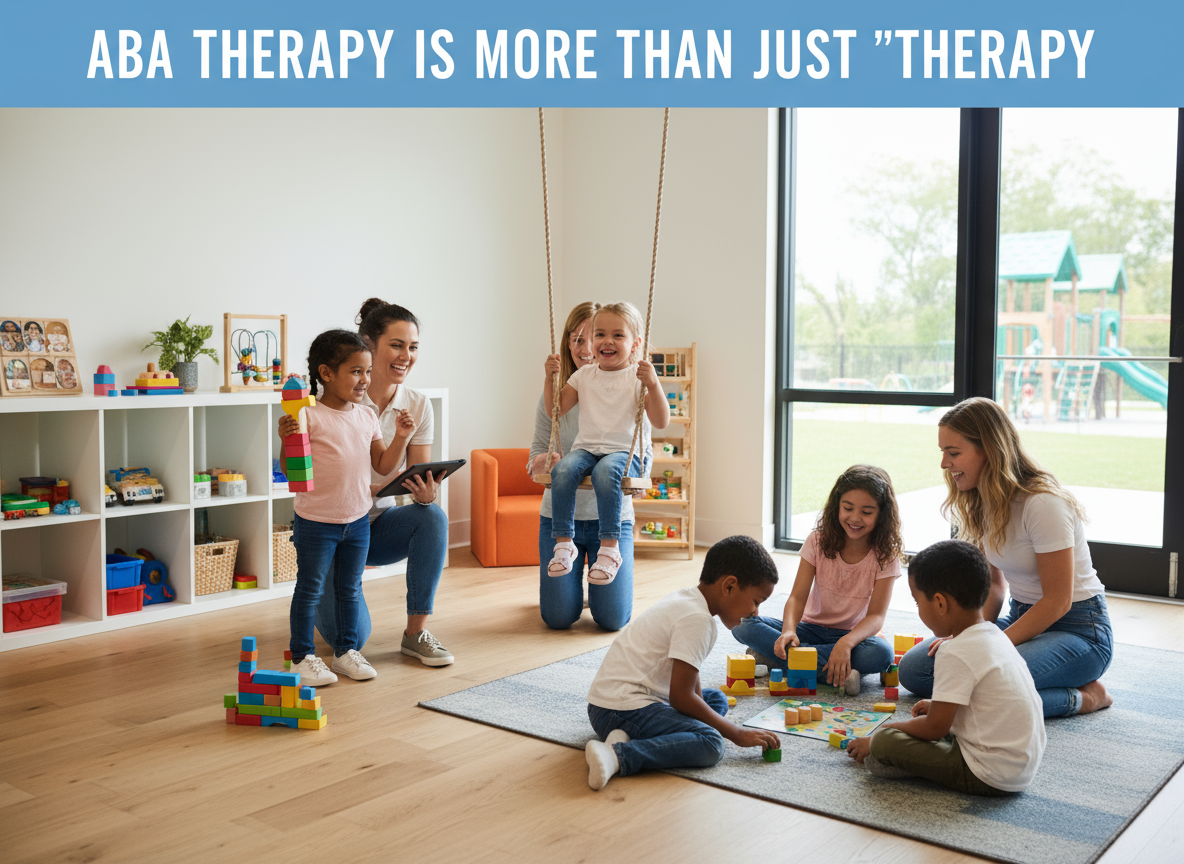
As the air turns crisp and the leaves begin to fall, many families start swapping out shorts and T-shirts for cozy sweaters, jackets, and layered outfits. For most children, this is just a seasonal change. But for children under 5 with autism—especially those with sensory sensitivities—new textures, heavier fabrics, and unfamiliar layers can feel overwhelming.
If your child resists wearing coats, pulls at socks, or has meltdowns around wardrobe changes, you’re not alone. The good news? With a little planning and some sensory-friendly strategies, you can help make this seasonal transition smoother for the whole family.
Why Cooler Weather Clothing Can Be Hard
Many autistic children experience the world more intensely through their senses. This means that what feels “soft” or “warm” to one child might feel scratchy, tight, or suffocating to another. Cooler weather brings:
- New textures like wool, fleece, or thick denim
- Bulkier layers that may restrict movement
- Unexpected tags, seams, or zippers that rub against sensitive skin
- Shifts in routine as kids must wear jackets or hats before going outside
Understanding that resistance often comes from **sensory discomfort—not defiance—**can make it easier to approach with patience and empathy.
Sensory-Friendly Strategies for Dressing This Fall
1. Start Early with Gradual Introductions
Don’t wait for the first chilly morning to introduce new clothing. Let your child explore fall and winter clothes now by:
- Leaving a jacket or sweater in their play area to touch and feel
- Offering choices: “Do you want to try the red sweater or the blue hoodie first?”
- Practicing wearing new items for short periods indoors before using them outside
2. Prioritize Fabric Comfort
For sensory-sensitive kids, fabric choice matters more than style. Look for:
- Soft cotton or bamboo layers instead of wool or scratchy materials
- Tagless and seamless designs to minimize irritation
- Stretchy waistbands and loose fits for comfort and flexibility
Tip: If your child loves a particular soft pajama top, try layering it under a jacket so the comforting fabric is closest to their skin.
3. Layer with Familiar Favorites
Instead of introducing a whole new outfit at once, build layers around what your child already tolerates. For example:
- A beloved T-shirt can go under a zip-up hoodie
- Favorite leggings can be worn under soft sweatpants
- A thin cotton undershirt can act as a buffer beneath scratchy sweaters
4. Give Control Through Choices
Children often feel calmer when they have some control. You might ask:
- “Do you want the fuzzy hat or the knit hat today?”
- “Should we zip your jacket all the way or just halfway?”
Even small decisions can reduce resistance and build confidence.
5. Practice Transitions with Play
Turn dressing into a fun activity:
- Dress up stuffed animals in hats and mittens
- Create a “coat station” where your child can practice zipping and unzipping
- Use a visual schedule showing “Step 1: Put on socks → Step 2: Shoes → Step 3: Jacket”
6. Anticipate Challenges & Build in Time
Rushing often makes transitions harder. Try to:
- Allow extra minutes in the morning for clothing struggles
- Have backups (like two comfortable jackets) ready in case one feels “wrong” that day
- Use calming strategies (deep breaths, a favorite fidget toy) if frustration builds
Supporting Yourself as a Parent
It’s easy to feel stressed when your child resists something as necessary as dressing for the weather. Remember:
- You’re not failing—it’s a sensory challenge, not misbehavior.
- Celebrate small wins (like wearing socks for 2 minutes longer than yesterday).
- Reach out to other parents or support groups who understand these struggles.
Final Thoughts
Transitioning into cooler weather clothing can feel like a hurdle, but with patience, preparation, and sensory-friendly strategies, your child can learn to tolerate—and even enjoy—the cozy layers of fall. Start small, give choices, and remember that every child’s comfort level is unique.
This season isn’t just about staying warm—it’s about helping your little one feel safe, comfortable, and supported in their own skin.





